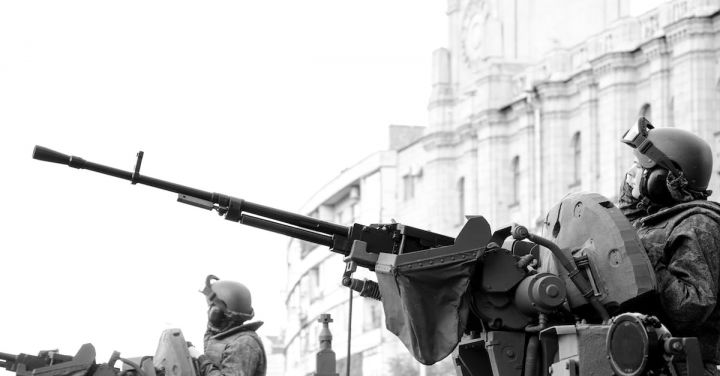World War II was a global conflict that involved massive armies, advanced weaponry, and strategic maneuvers. While planes dominated the skies and tanks ruled the ground, it was the humble train that played a significant role in changing the course of the war. The efficient transportation of troops, supplies, and equipment by rail had a profound impact on the outcome of key battles and ultimately determined the fate of nations.
Trains provided a reliable and efficient means of moving large numbers of soldiers across vast distances. In the early stages of the war, German forces utilized trains to swiftly mobilize their troops and launch surprise attacks on unsuspecting enemies. The speed at which these trains could transport soldiers allowed the Germans to quickly gain control over vast territories, giving them a crucial advantage in the early stages of the war.
Not only did trains transport soldiers, but they also played a vital role in supplying them. The massive logistical challenge of keeping armies fed, armed, and well-equipped was made possible by the efficient movement of supplies by rail. Trains brought ammunition, food, medical supplies, and fuel to the front lines, ensuring that soldiers had the resources they needed to sustain the fight. Without the reliable transportation of supplies, armies would have been unable to sustain their operations and would have quickly faltered.
Furthermore, trains were instrumental in the transportation of heavy artillery and equipment. Tanks, artillery pieces, and other heavy machinery required specialized transport, and trains provided the perfect solution. The ability to move these cumbersome and powerful weapons quickly and efficiently allowed armies to rapidly deploy their firepower wherever it was needed most. This advantage often proved decisive in battles, as the timely arrival of heavy artillery could turn the tide of the fight in favor of the army that possessed it.
In addition to their role in moving troops and supplies, trains also served as strategic targets. Bombing raids aimed at disrupting enemy supply lines often targeted railway networks, crippling the enemy’s ability to move troops and supplies. The destruction of railway bridges and tracks effectively cut off vital supply routes, hampering the enemy’s ability to wage war. Conversely, the repair and restoration of damaged railway infrastructure became a critical task for both sides, as controlling the railways meant controlling the flow of resources and reinforcements.
The impact of trains on the outcome of World War II cannot be overstated. Their ability to transport soldiers, supplies, and equipment quickly and efficiently allowed armies to maintain their momentum and sustain their operations. Without the reliable transportation provided by trains, armies would have struggled to deploy their forces effectively, and the outcome of key battles may have been different. Additionally, the strategic targeting of railway networks demonstrated the importance of controlling these vital supply routes.
In conclusion, while planes and tanks may have received more attention as symbols of military might during World War II, it was the humble train that quietly played a crucial role in changing the course of the war. The efficient transportation of troops, supplies, and equipment by rail provided armies with a decisive advantage, allowing them to maintain their momentum and sustain their operations. The strategic targeting of railway networks further emphasized the importance of controlling these vital supply routes. Without a doubt, trains changed the face of warfare in World War II.
